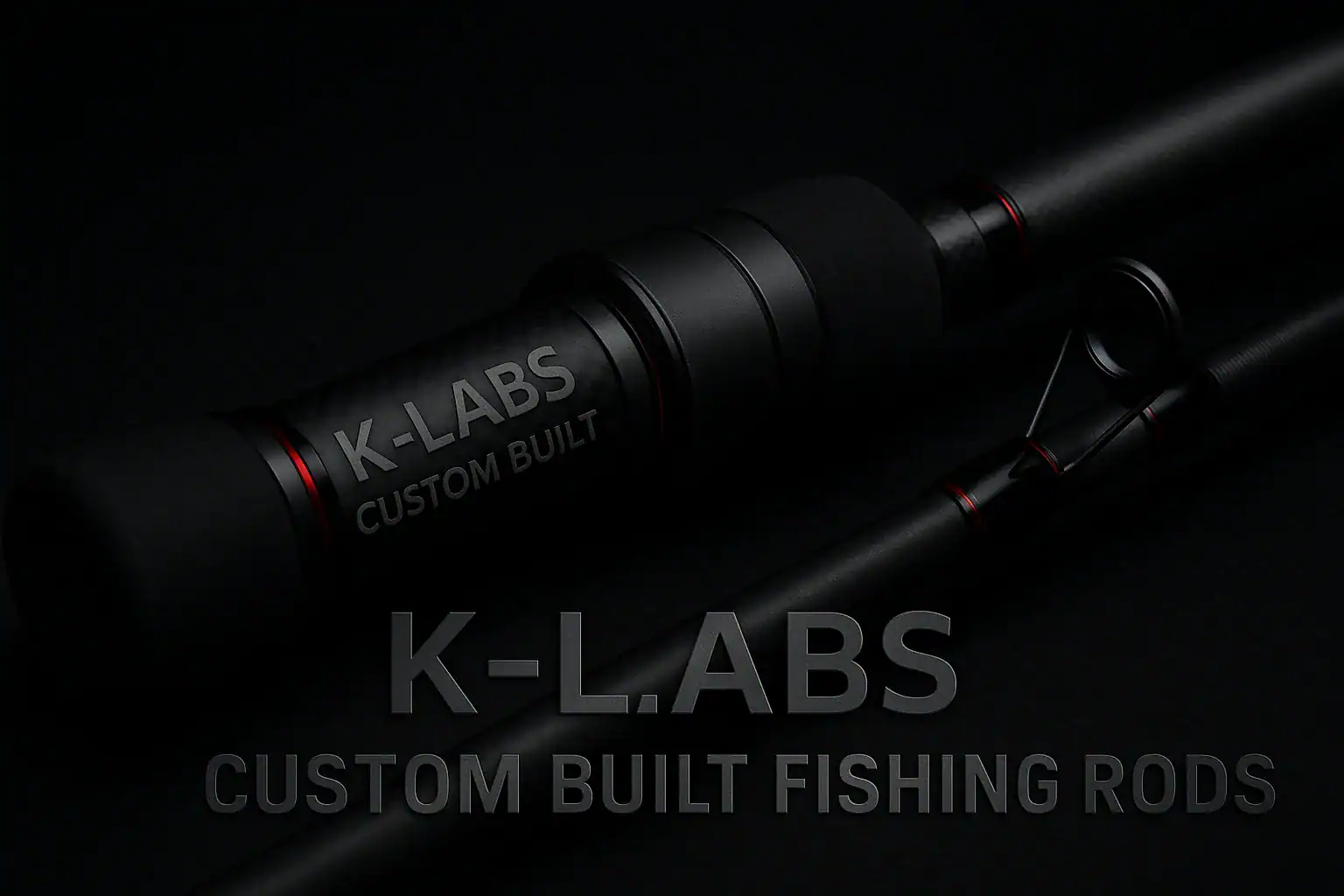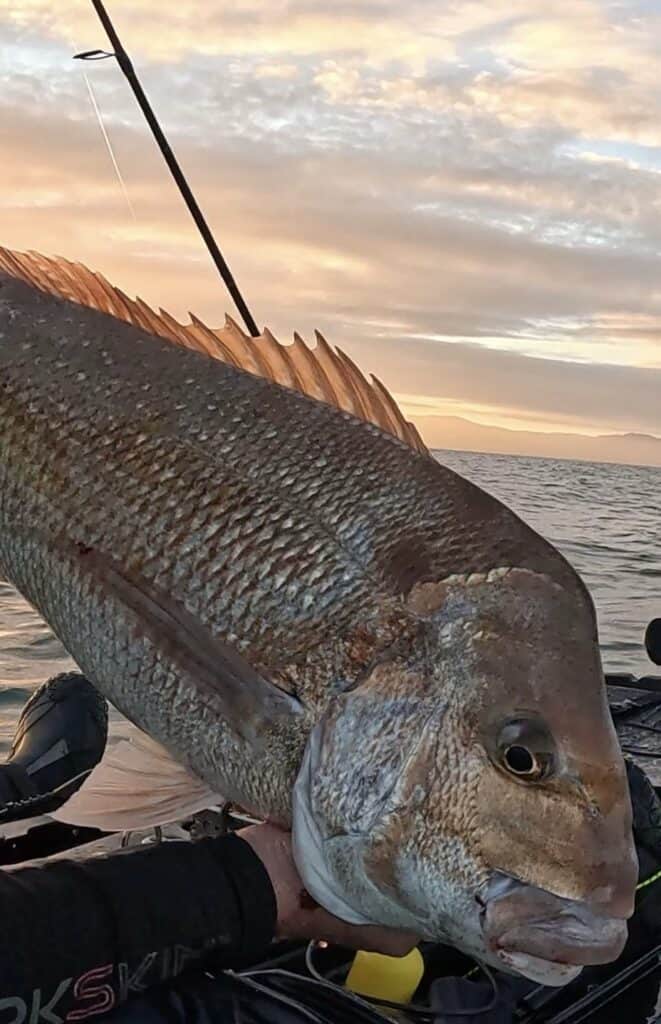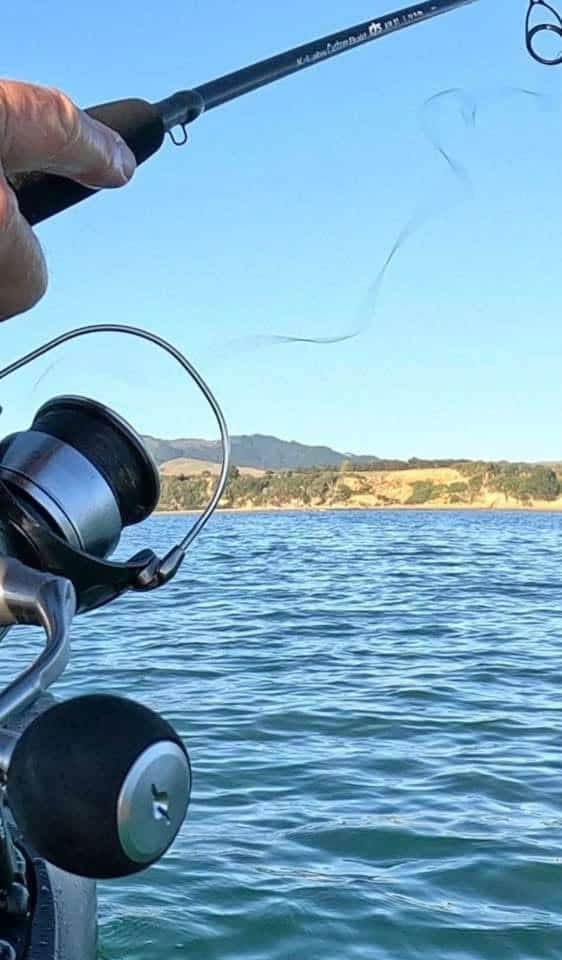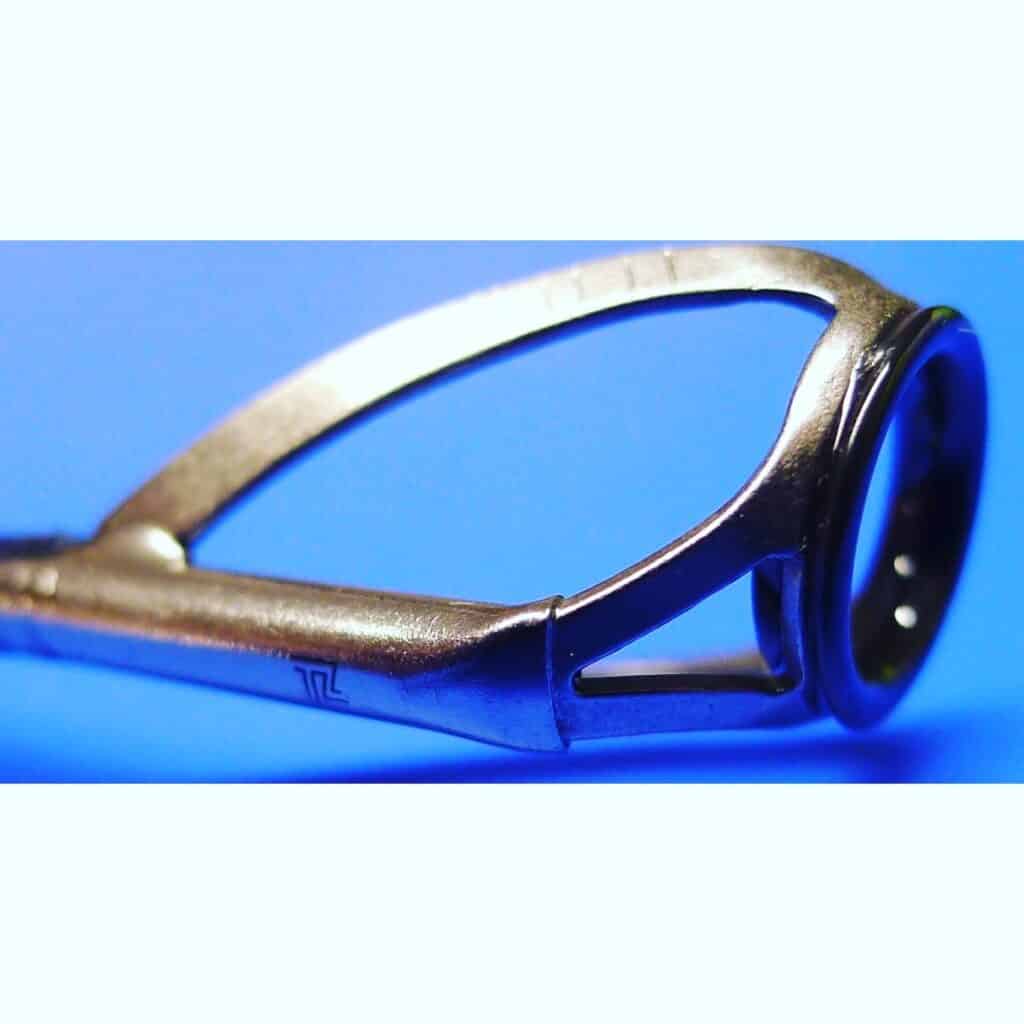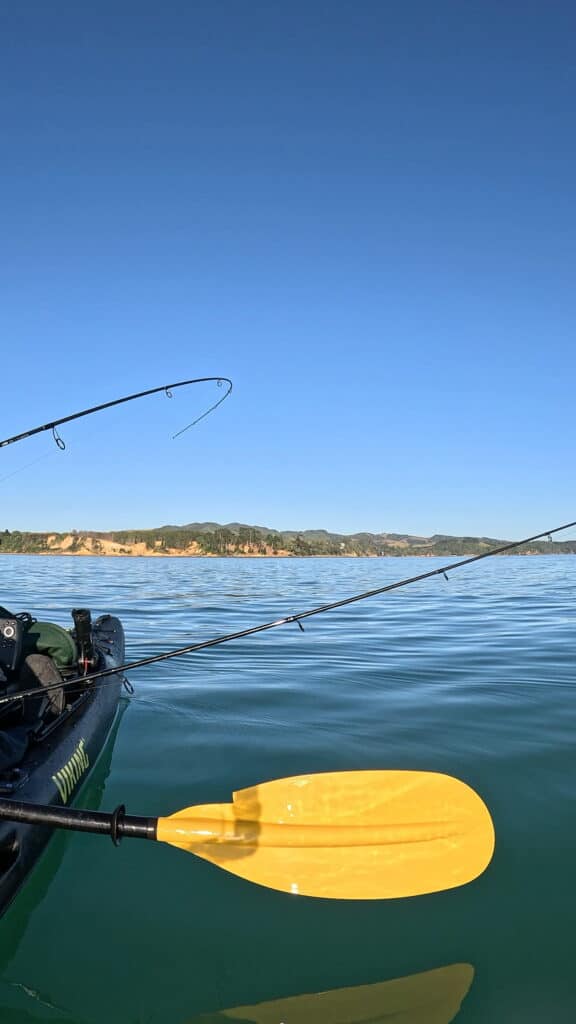Solid Carbon vs Hollow Carbon Blanks: Which is Better — and Why It Depends on the Application
If you’ve ever debated whether solid or hollow carbon blanks are better for your fishing rod build, you’re not alone. The answer isn’t black and white — but it is pretty clear once you break it down.

Spoiler
: Hollow carbon blanks outperform solid carbon in nearly every way — except one. Let’s dive in.
What’s the Real Difference Between Solid and Hollow Carbon?
- Solid carbon blanks are made from continuous, dense material with no hollow core. Tough and simple — but heavy.
- Hollow carbon blanks are engineered with layered carbon wrapped around a mandrel. They’re lighter, more responsive, and far more refined.
Why Hollow Carbon Is the Gold Standard for Rod Performance
✅ Sensitivity
Hollow blanks transmit vibrations directly through the blank to your hand. That means you can feel more: light bites, bottom transitions, and lure action — even in deep water.
✅ Weight
Hollow blanks are significantly lighter, making them easier to cast and more comfortable to fish all day long.
✅ Recovery Speed
The tip snaps back quickly after flexing, which improves lure control, casting accuracy, and hook-setting response.
✅ Action Control
With hollow blanks, rod builders can fine-tune the taper — from fast-action softbait rods to deep-parabolic slow pitch jig rods. This control over action isn’t possible with solid carbon.
Where Solid Carbon Still Wins: Durability
If toughness is the goal, solid carbon still rules. It resists impact, crushing, and high-sticking better than any hollow rod.
- Ideal for boat rods, kayak rods, or anything prone to rough handling.
- Perfect for kids, rental gear, or commercial operators.
Use the Right Rod for the Right Job
Durability is important — but only when it matches the rod’s purpose. If you’re using your rods properly (no high-sticking, no crushing them in hatches & car doors ), hollow carbon rods are more than tough enough.
And in return, you get superior casting, better lure feel, and more effective hook sets.
Solid vs Hollow Carbon — Quick Comparison
| Feature | Hollow Carbon ✅ | Solid Carbon 🛡️ |
|---|---|---|
| Sensitivity | Excellent | Dull feel |
| Weight | Lightweight | Heavy |
| Recovery Speed | Fast | Slow |
| Casting Performance | Superior | Limited |
| Action Control | Fully tunable | Basic/parabolic |
| Durability | Tough enough | Indestructible |
| Best For | Softbait, slow jig, surf, topwater | Boat, kids, kayak, rental rods |
Final Word: Performance First, Durability Second
At K-Labs, we design rods with a clear goal: performance, purpose, and feel.
Choose hollow carbon for any technique that relies on finesse, action, and contact with the lure — softbait, slow pitch, mechanical jigging, or surf.
Choose solid carbon for situations where survival matters more than feel — boat rods, kids’ rods, or pure abuse tolerance.
Use the right rod for the right job, and durability won’t even be a concern.
Ready to build your next rod?
Explore our Solid Core™ Series for high-durability applications, or take a look at the Crossover HX™ Series for high-performance hollow builds designed to handle anything NZ can throw at them.
